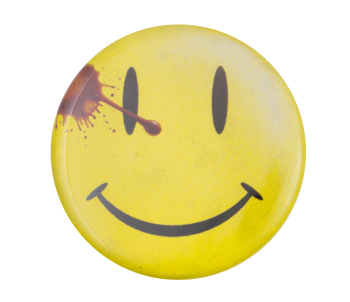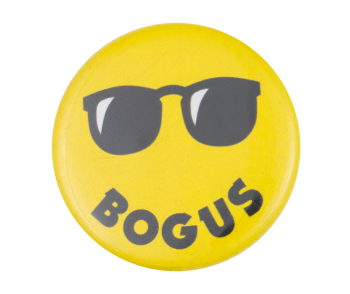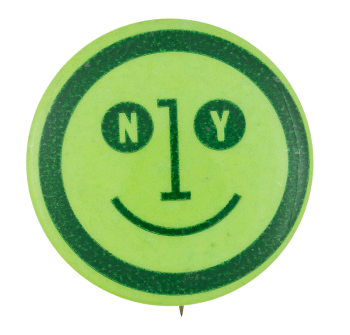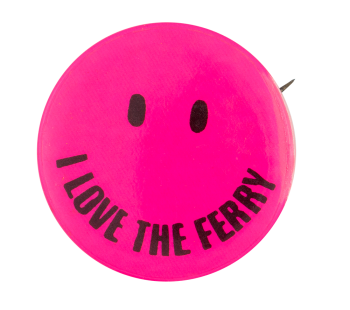Drip Smiley
| Category | |
|---|---|
| Additional Images | |
| Sub Categories | |
| Image Description | Yellow smiley face with a blood drip by the left eye. |
| Back Style | |
| The Shape | |
| The Size | |
| Year / Decade Made | |
| Additional Information | Featured here is one of the most iconic images from the comic and film Watchmen: a bloodied smiley face. In the story, the morally bankrupt superhero the Comedian wears the button, and it becomes blood-stained during the course of the inciting event of the narrative. This design appears to be specifically tied to the release of the 2009 film adaptation of the comic. The classic yellow smiley face is comprised of a yellow circle, two black dots for eyes and a black arc ending in serifs for a mouth. It was designed in 1963 by by commercial artist, Harvey Ross Ball. Ball was commissioned by The State Mutual Life Insurance Company to create a happy face to raise the morale of their employees. His version was created in 10 minutes. The design was printed onto more than 50 million buttons. Neither Ball nor the company copyrighted this smiley, so it was continually used by other businesses in their promotions. The design and concept is quite simple and was definitely used before Ball’s 1963 version. However his has become the most iconic. Variations have been used for advertising campaigns and in popular culture ever since. |
| Catalog ID | SM0125 |




















